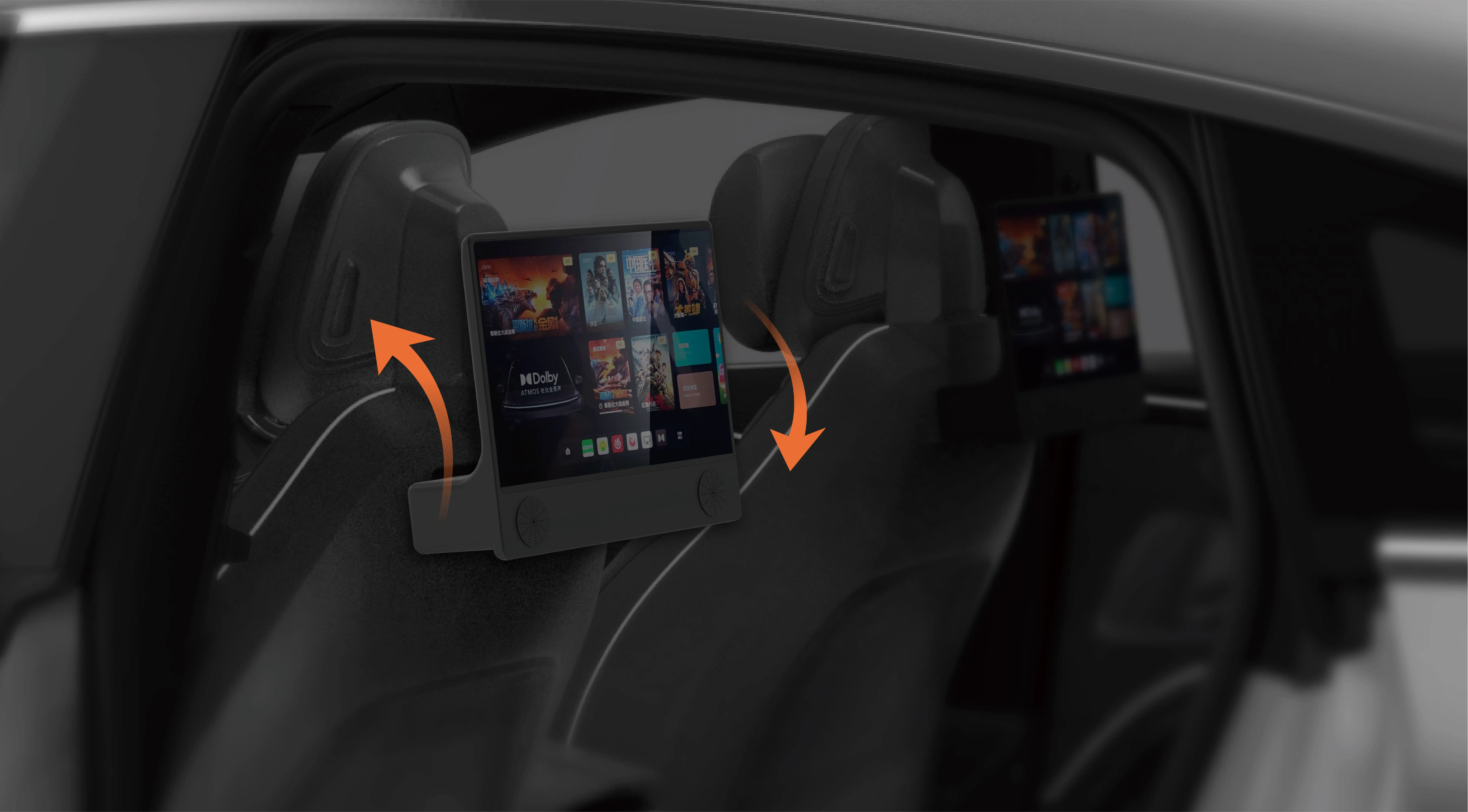Introduction: The Heartbeat of Precision – What Are Servo Motors?
Imagine a world where machines move with pinpoint accuracy, robots weld with surgical precision, and automated systems respond instantaneously to complex commands. At the core of these incredible feats lies a powerful device— the servo motor. But what exactly makes a servo motor special? And more intriguingly, are these marvels powered by AC or DC electricity?

To understand servo motors’ essence, let's first unravel what they are. A servo motor is a rotary or linear actuator that allows precise control of angular or linear position, velocity, and acceleration. They are the backbone of robotics, CNC machinery, automated manufacturing, and even hobbyist robotics. The secret sauce of a servo is its ability to deliver highly controlled, precise movement—think of it as the motor that responds to your every command like a highly trained athlete.
Now, the question that often comes up: Are these motor giants powered by AC or DC? The answer isn’t as straightforward as a simple yes or no because servo motors come in different types, each suited for specific applications, environments, and performance requirements. To grasp this fully, let’s get familiar with the fundamental differences between AC and DC power and how they translate into servo motor technology.
The Basics of AC and DC Power
Before diving deeper into servo motor types, it helps to clarify what AC (alternating current) and DC (direct current) are.
DC (Direct Current): Flows in one constant direction—think of a flashlight's battery power. It's straightforward, stable, and easy to control. DC motors are known for their simple design, high torque at low speeds, and ease of variable control.
AC (Alternating Current): Changes direction periodically, flowing back and forth—like the power supplied by most household outlets. AC motors are generally robust, efficient, and suitable for large-scale power transmission but often require more complex control methods.
Both types play significant roles in our daily life, but their suitability for servo applications hinges on various factors.
AC Servo Motors: Power, Precision, and Robustness
AC servo motors are essentially AC induction or synchronous motors specially designed for high-performance servo applications. They are often used in industrial automation because they combine durability with precise control.
Construction and Operation: AC servo motors typically feature a fixed stator with a rotor that can be either salient pole (synchronous) or squirrel cage (induction). Modern AC servo systems include sophisticated controllers, vector control algorithms, and feedback devices that enable accurate position and speed regulation.
Advantages:
Durability and Longevity: AC motors tend to be robust and require less maintenance.
High Power Output: They can handle larger loads efficiently.
Better for Variable Frequencies: When paired with variable frequency drives (VFDs), AC motors allow smooth speed control over a wide range.
Cost-Effectiveness in Large Applications: For high-power or high-inertia systems, AC servo motors excel.
Typical Applications: CNC machining centers, industrial robots with high torque demands, conveyor systems, and large automation setups.
However, AC servo motors are often more complex to control compared to their DC counterparts and require sophisticated electronic drives.
DC Servo Motors: Precision at a Smaller Scale
On the other side, DC servo motors enjoy popularity for their simplicity and precise control.
Construction and Operation: A typical DC servo motor consists of a commutator, brushes, a stator, and a rotor winding. The commutator and brushes enable DC motors to maintain consistent torque and easily vary speed.
Advantages:
Ease of Control: Voltage amplitude directly controls speed, and current influences torque.
High Starting Torque: Excellent for applications requiring quick accelerations and decelerations.
Precise Position Control: With simple feedback systems, they achieve high accuracy.
Smooth Operation: They operate smoothly at low speeds, ideal for delicate tasks.
Typical Applications: Robotics, aerospace actuation, small CNC tools, hobbyist projects, and applications demanding fast responsiveness and fine adjustments.
But DC motors demand more maintenance—brushes wear out, requiring replacements—and are less suitable for environments with dust, moisture, or contaminants.
Contemporary Trends and Hybrid Approaches
While the traditional view positions AC and DC servo motors as distinct, modern advancements have blurred the lines. Many AC servo systems now incorporate sophisticated algorithms and feedback modules that give them near-DC performance, while some DC motors are integrated with brushless designs (BLDC) to eliminate maintenance issues.
In fact, today’s robotics and automation industries often lean toward brushless DC motors (BLDCs), which combine the simplicity and high-performance aspects of DC motors with the durability and efficiency of AC systems. BLDCs are powered by electronic commutation, using power electronics to replace brushes, thus delivering longer lifespan and lower maintenance.
Making the Choice: Which Is Right for You?
Choosing between AC and DC servo motors depends on a myriad of factors including the scale of operation, control complexity, maintenance considerations, environment, and budget.
For high-power, industrial mega-machines, AC servo motors are typically preferred because of their robustness, efficiency at large scales, and compatibility with complex control algorithms.
For applications demanding precision, quick response, and lower power, DC servo motors are often the go-to choice, especially their brushless variants which reduce maintenance needs.
In the end, it’s less about which is universally better—and more about which fits your specific requirements like size, precision, workload, and environment.
That wraps up Part 1. Do you want me to proceed with Part 2 which could explore specific applications, detailed comparisons, or future trends in servo motor technology?
Kpower has delivered professional drive system solutions to over 500 enterprise clients globally with products covering various fields such as Smart Home Systems, Automatic Electronics, Robotics, Precision Agriculture, Drones, and Industrial Automation.




































